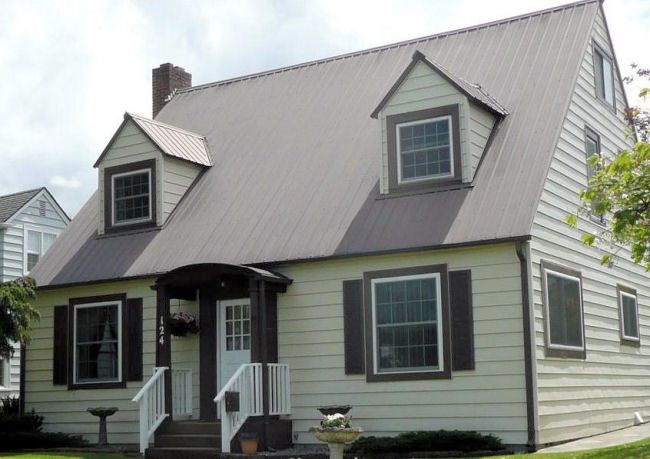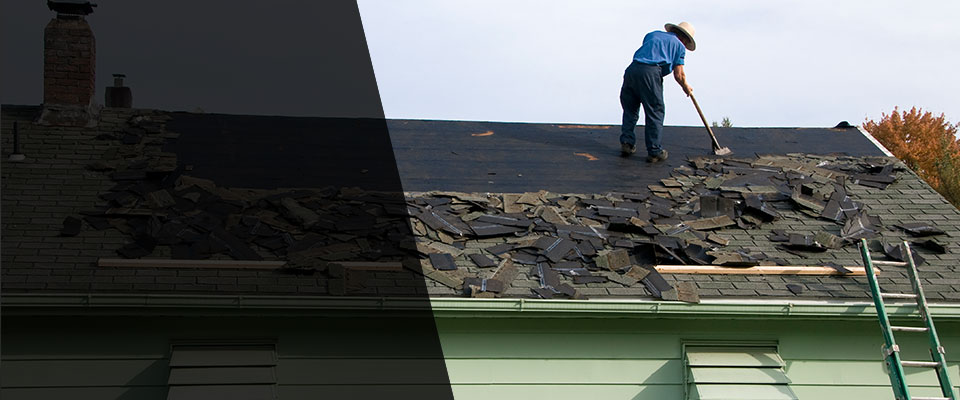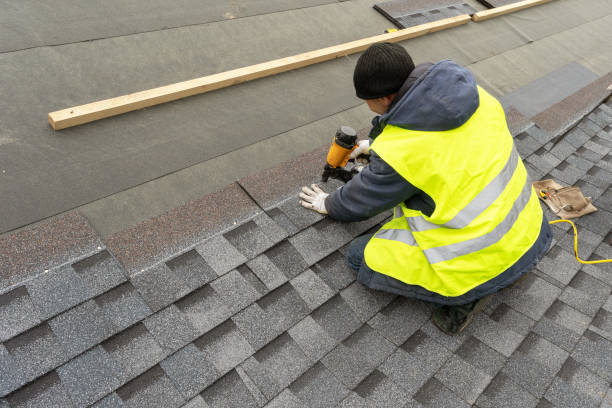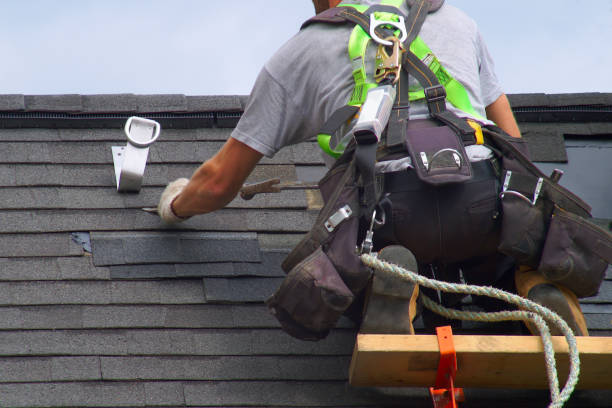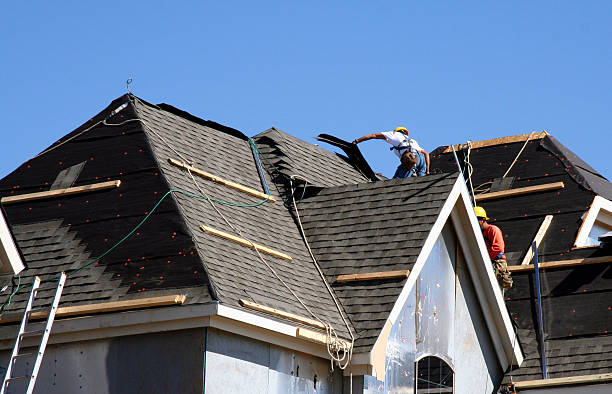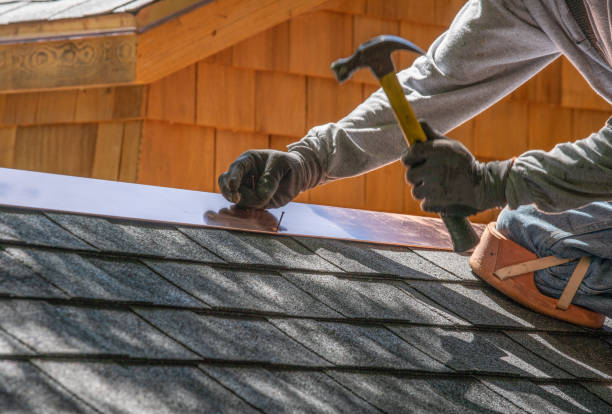Everybody desires and requires a protected and comfy place to live. Lots of home repairs may be achieved throughout a weekend. There are some DIY repairs that must not be attempted. A broken, leaky roof is one of the most feared home repairs since discovering and remedying a leak isn’t generally straightforward.
Tarnished or drooping sheetrock, flaking paint, or an evident drip are all indications of a roof leak. Even a small undiscovered leak can cause broken insulation, mildew advancement, and decayed wood structure. A leak can likewise move and spread from the original damaged area to another portion of your property.
Repair a Leaking Roof Peapack, NJ
Do Not Let Your Roofing System Fixes Go Sky High!
Before you go to the expenditure of hiring a roofing contractor, see if you can evaluate and repair your roofing issue yourself. The best possible time to repair your roof problem - is as soon as you realize that you have one and if the weather is calm enough to go up onto the roofing. This might be further qualified by saying that the best and most economical way to a hassle-free roofing system, is to inspect the roofing routinely, so that you see the problem developing.
A leak from one dislodged tile is a affordable and little matter, however if you do not inspect your roofing system regularly, this will go undetected. By the time that you DO discover it, it might be since water is dripping into your spare space! This indicates that this entire area of the roofing structure is soaked, the ceiling will require to be replaced and ideally the flooring will recover.
Constantly examine your roof after a wind storm, as the majority of roofing is not designed to hold up against fierce winds. Scrutinize the tiles for fractures, splits and torn-off corners; also check for lifting. Raising is a typical reason for roof leakages, and can be easily corrected. Know multiple tiles lifting, as this could be a sign that the roofing product is too old and is warping from all the weathering.
Climb into your attic/loft and make sure that any insulation that you have in your roof is not right up against the roofing system itself. There needs to be a gap for air to flow; also when a roofing system warms up and there is insulation straight behind it, this heat is tossed back into the roofing and excessive heating like this can damage and warp the roof.
Another weakness in all roofing systems is the flashing. Flashing is created to provide a water tight junction in between roofing materials and structure, specifically if the roofing system projects out or modifications style (as with extension roofings). If you are setting up a brand-new roofing system, it is beneficial to get the flashing 'inspected' as it is a typical failure location.
branches and leaves can trigger an issue. Roofing systems should have adequate run, specifically in the locations which might have snow. Water trapped in the gutter will mean that it will back up the roofing for a few inches and have time to leak into the edges of the roof tiles. Not all houses have sufficient perimeter security on their roofs, although this is one excellent function to request on a brand-new roofing.
On a regular basis homes incur roof leaks all at the very same time (typically after strong winds winds and downpour etc). This can mean that all specialists are busy and you have 'block the leak' until you can get aid.
If you do get a leakage, and you have actually placed containers under the dripping water, understand that the leak might be in a completely different place than it would seem. Finding the source is difficult, as water can run along horizontal woods and appear to be leaking from a location that is sound. Getting up into the attic and really looking for a damp spot on the roofing decking will be a precise way to tell.
discover the area an emergency situation patch can be made using roofing felt and utilizing plastic cement to hold it till you can contact a contractor. You can also attempt to repair it yourself, if it is just a shingle that is harmed. You can thoroughly reward up the roofing system shingle by getting rid of the 3 or 4 nails that are holding it in place; next, use a generous covering of tar below the tear in concern, and also coat the underside of the shingle with a with a coat of tar prior to putting it back in place. Include an area of tar to each nail head. The majority of roofing companies encourage against the 'liquid' asphalt repair items.
Roofing systems can also be momentarily repaired using roofing system membrane and sealants. Care must be taken to clean up the roof surface area first to guarantee that the sealant will keep the leak and stick secured from rain etc.
Prior to you go to the expense of calling in a roofing specialist, see if you can examine and repair your roofing problem yourself. The best possible time to fix your roofing system issue - is as quickly as you understand that you have one and if the weather condition is calm enough to climb up onto the roofing system. Flashing is developed to offer a leak-proof junction between roofing system products and structure, specifically if the roof projects out or changes style (as with extension roofing systems). Not all homes have adequate boundary protection on their roofs, although this is one excellent feature to ask for on a new roofing system.
Roofings can also be briefly repaired utilizing roofing membrane and sealants.
Roof Leak Repair near Peapack, New Jersey 07977
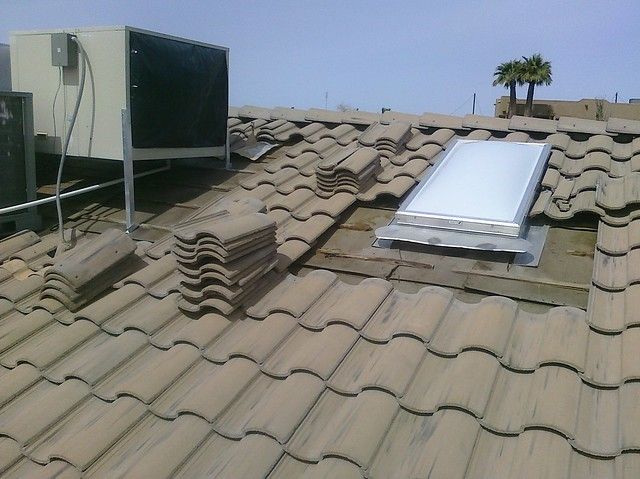
Call 888-347-0551 Now!
Our expert Roof Leak Repair Contractors in Somerset County provide Expert Roofing Services. If you have any questions or concerns about our service area, please give us a call today. We are competitively priced in your area for Roof Leak Repairs because we are confident that you will be thrilled with how your roofing project will turn out. Again, call today to schedule a estimate for your roofing job.
Elk Roof
A large part of money is apportioned to roofs and other roofing items and services to ensure utmost defense from unwanted impacts brought by rain, strong winds and too much heat from the sun. Roof products names flooded the market of roof market, however only extremely few are tested and have actually withstood the discerning demands of the purchasing public.
Elk Roofing is a division of ElkCorp that makes roof items. As the innovations of making roof products constantly advances, Elk Roofing trailblazes to produce innovative and state of the art inventions. It continues to search for better options to real estate, specifically roofing requirements.
Elk assures that their products go through a rigid procedure and rigorous quality assurance to guarantee that items' optimal quality is reached and preserved. favorable feedbacks from the contractors are reviews to the remarkable track record of Elk roofing items. Genuinely, it is an exceptional feat for Elk to be chosen by a lot of professionals and being advised to property owners and entrepreneur alike.
colors and designs, and most of all price. The Elk brand name has actually become synonymous to roof. It is not a surprise that Elk roof has ended up being a household name.
anticipated that many business will release their own roof product lines that will challenge that of Elk. Most likely, some will be tempted switch and remorse after. If you are the type who is daring, you may well try other brand names, just be all set to take the repercussions. When it pertains to roofing, one thing is for sure, you can never ever go wrong with Elk roofing. Buying Elk resembles purchasing peace of mind.
Starting today, if you desire superior roof products that spells out assurance you know now what to do. State ... Elk.
Roof items names flooded the market of roofing market, but only really few are evaluated and have endured the discerning needs of the buying public.
Elk Roofing is a department of ElkCorp that makes roof products. As the technologies of making roof items constantly advances, Elk Roofing trailblazes to create innovative and state of the art creations. Needless to state that these consumers are encouraged that Elk roof products are exceptional when it comes to durability, range of colors and designs, and most of all cost. When it comes to roofing, one thing is for sure, you can never ever go wrong with Elk roof.
Tri State Roofers of Peapack, NJ 07977
Tel:888-347-0551
Roof Leak Repair Rating: 4.7 stars out of 87 Reviews
Main address: PO Box 254952 Peapack, NJ 07977
United States
Find an Roof Leak Repair specialist for buildings of all types from homes of all sizes to condo complexes, apartment buildings and offices in Peapack, NJ 07977
Trusted, dependable roof repair contractors on which homeowners can rely is also a priority. Our Roofing Contractors are dedicated to professionalism and excellent work. Please contact us right away if you need a roof repair contractor at 888-347-0551.
